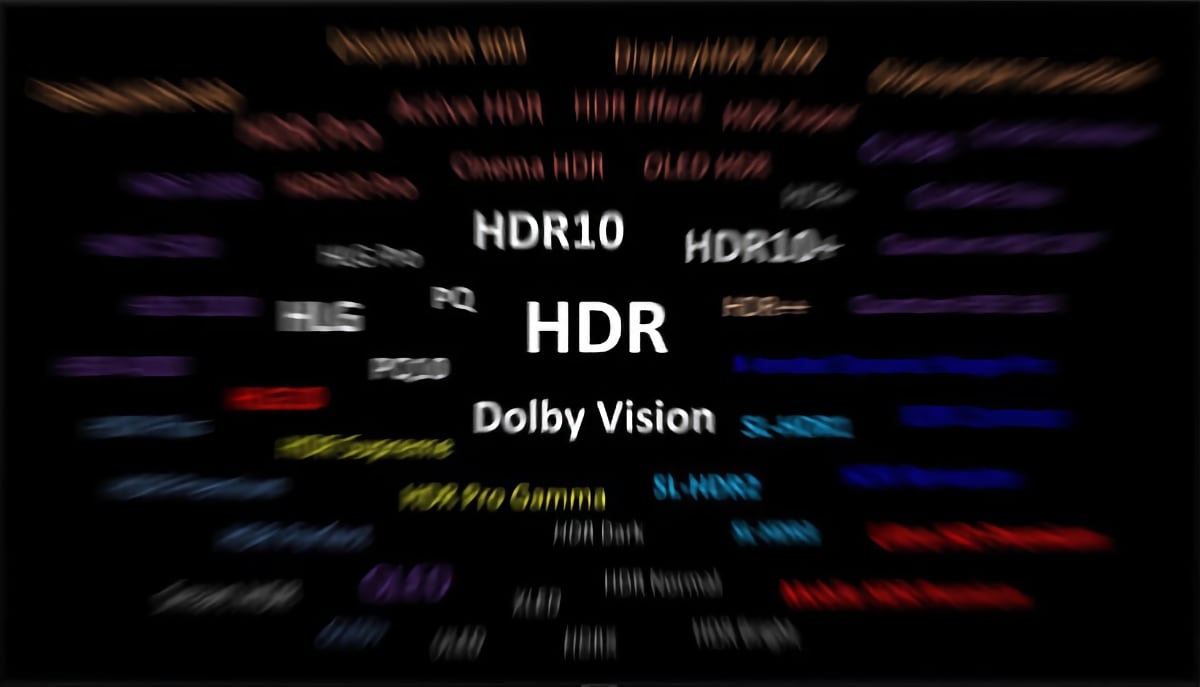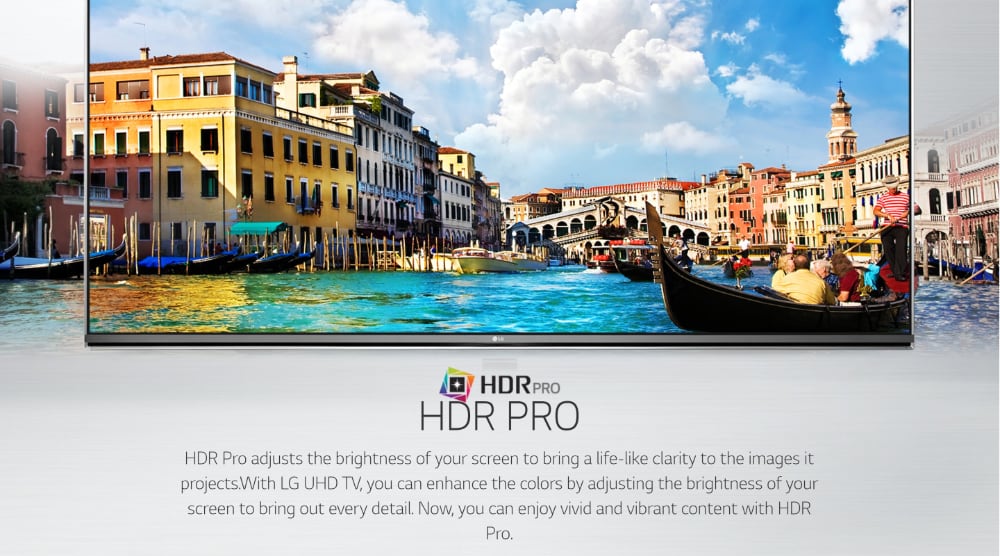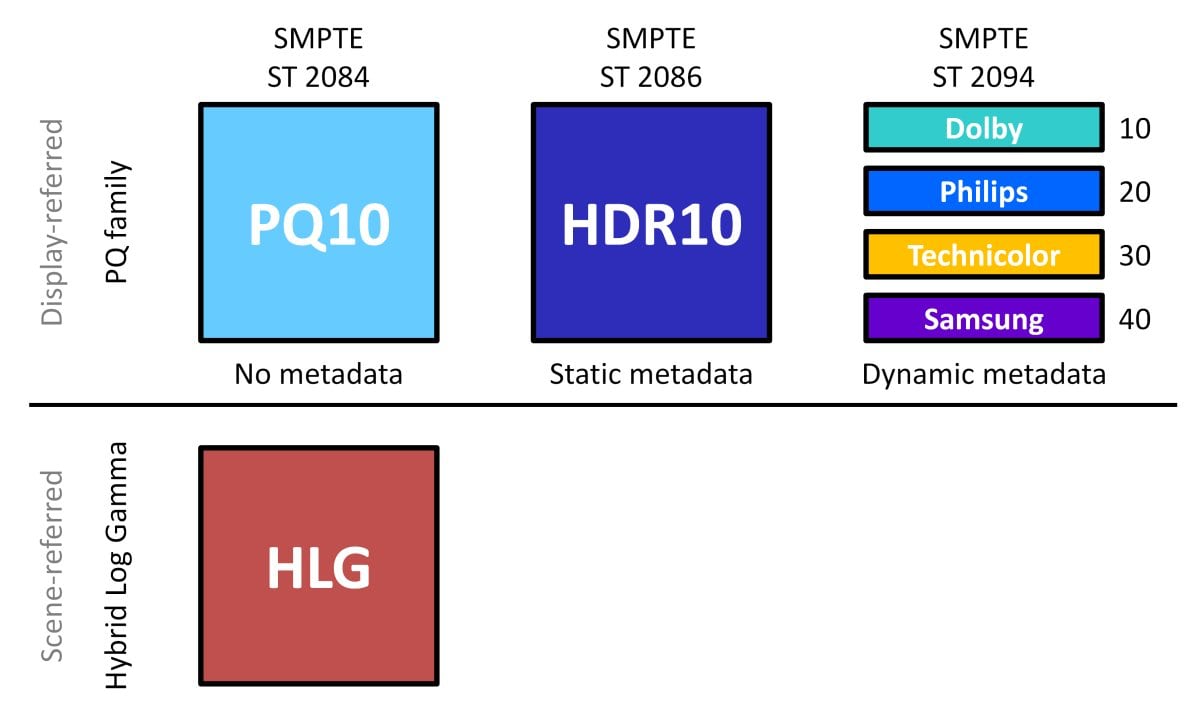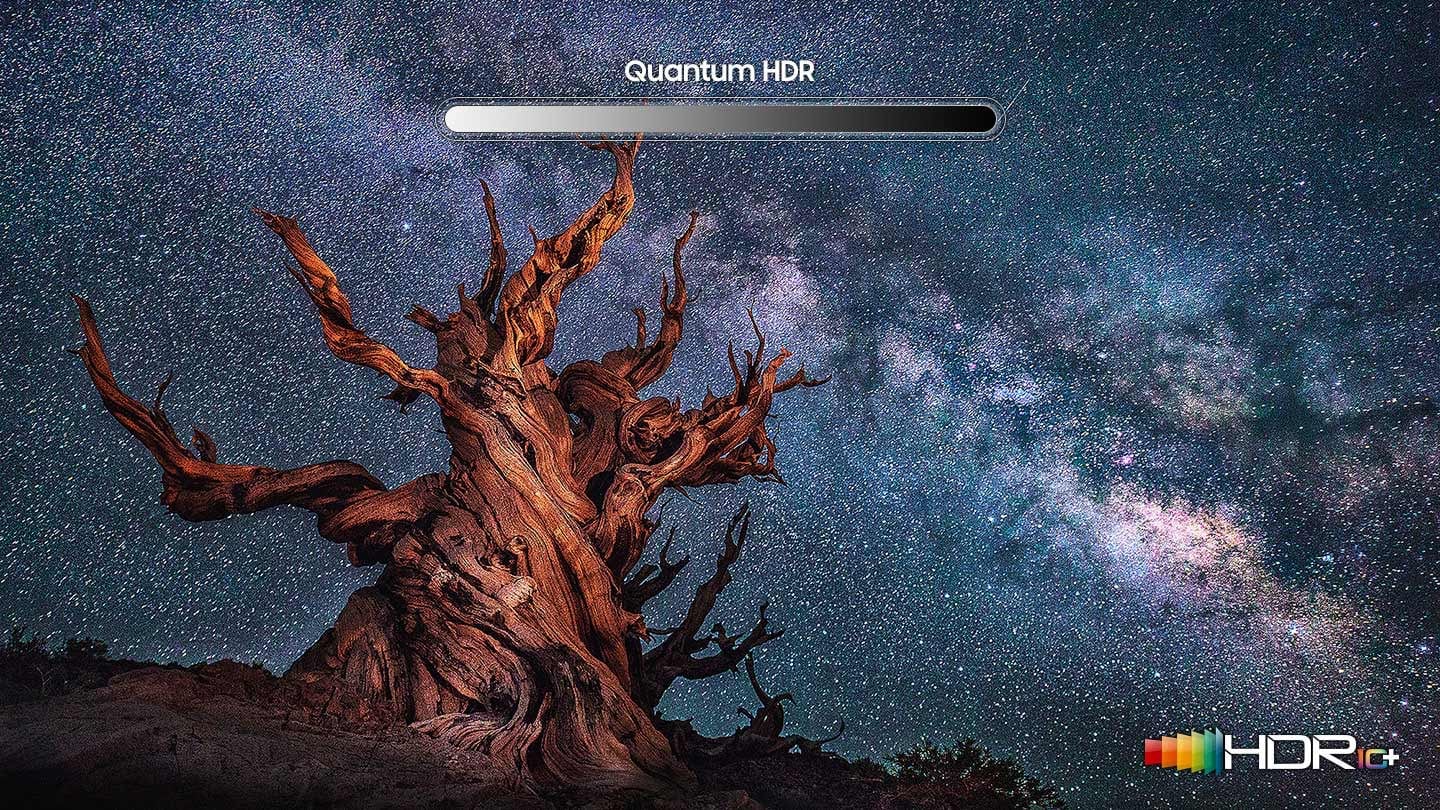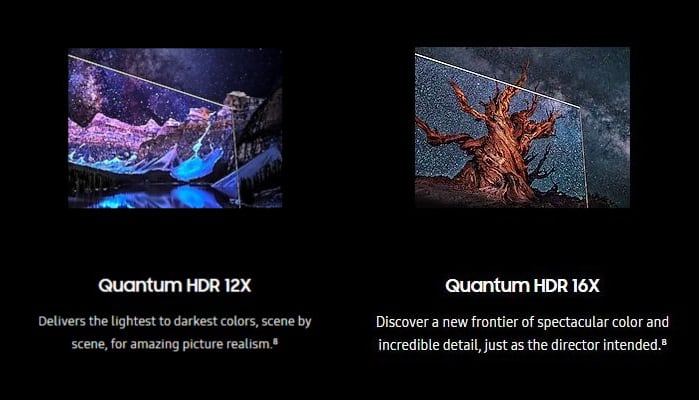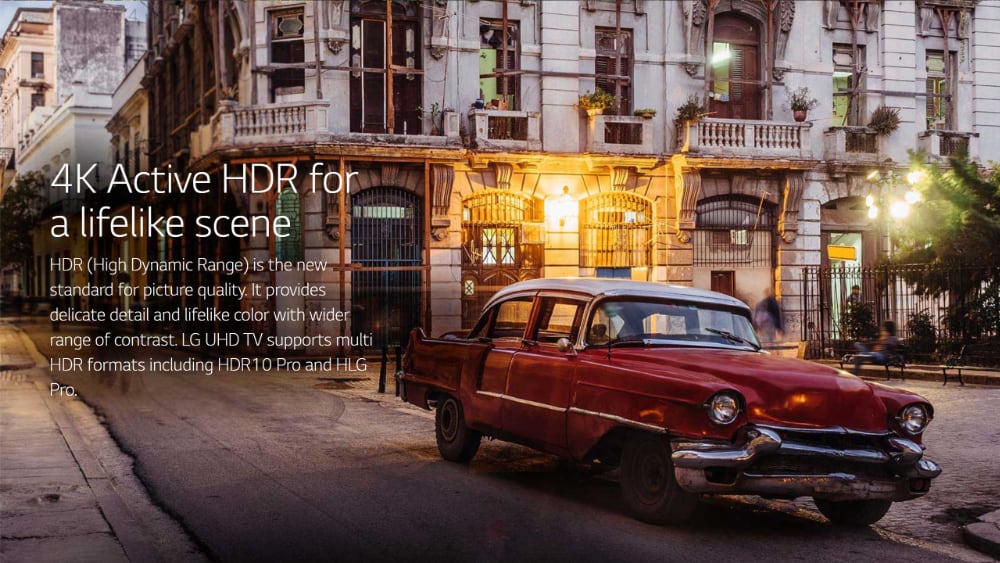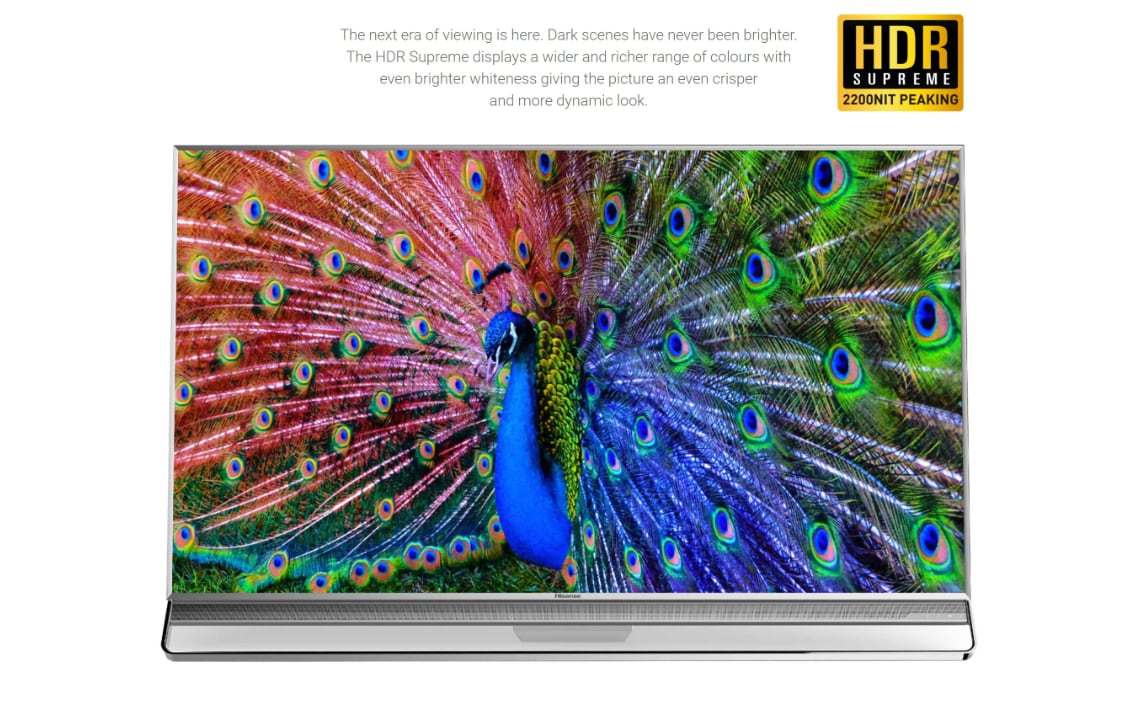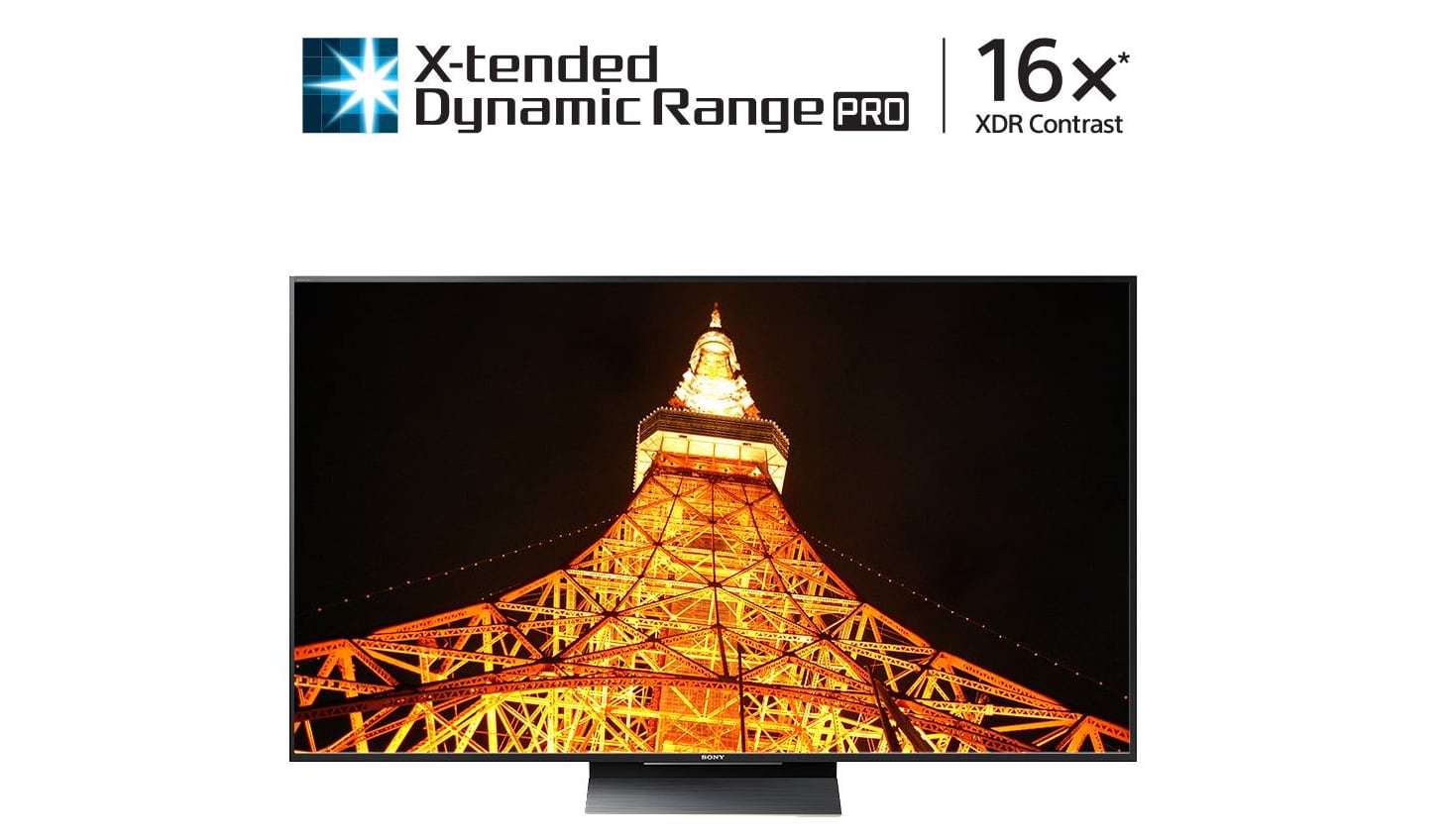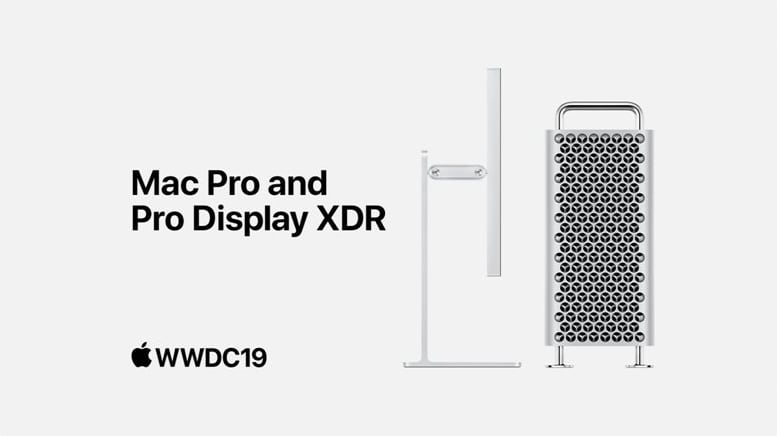HDR terminology demystified
As if HDR video wasn’t a complex enough area as it was, TV makers muddle the waters by adding lots of proprietary jargon to the field. This is nothing uncommon. Lots of technology goes into their products, and consumers need to be made appreciative of differences to the competition in an accessible way. HDR is certainly one of the hottest buzzwords in TV hardware since a few years and pretty much every manufacturer has joined the bandwagon, so naturally there’s a lot of activity around this. Compare what’s happened since LG’s success with OLED TVs: It has inspired Samsung to introduce ‘QLED’, Vizio ‘XLED’ and Hisense ‘ULED’ (all of which are based on LED-backlit LCD panels rather than self-emissive displays like OLED, by the way). To learn what HDR is about in the first place, have a look at The State of HDR. Even to those who write about this topic for a living, matters are confusing. I myself was surprised when I was looking for something else and Google prompted me with the following question and answer: "What is LG HDR Pro", with a suggested answer “HDR Pro is basically a marketing term for HDR10.” Google seems to base that statement on this page, which in turn refers to this TechRadar article. For all I knew, sure, there is a correlation between HDR10 and HDR Pro since LG called its 2016 HDR TV sets, which can handle HDR10, “HDR Pro” TV sets but to equate the two must be a misunderstanding. Why after all invent a new name for something that already has a name? Here’s what LG writes on its own website: "LG Ultra HD 4K TVs with HDR Pro: Select LG 2016 4K televisions support HDR10, which we call HDR Pro, because they provide full compatibility with this new standard while also delivering outstanding LG picture quality."It occurred to me the misunderstanding is that the editor interpreted "which" as referring to "HDR10" instead of how it was most likely meant, "select LG 2016 4K TVs". Anyway, it’s easy to see how such confusion arises.
HDR industry standards
There are dozens, perhaps even hundreds of feature names in current TV marketing that could use some explanation. This article focuses on things called HDR. To prevent any further confusion, let’s go over all of the terms used by TV makers to promote their proprietary HDR features. But before we do that, let’s start with the industry standards’ names, which in some cases sound strikingly similar.HDR10
This is the most common HDR format today. Pretty much every HDR TV (which is pretty much every UHD TV nowadays) supports this, as does every streaming service that supports HDR, and any streaming device, and any Ultra HD Blu-ray disc with HDR (it’s the mandatory format for such discs). HDR10 uses the SMPTE-ST.2084 ‘Perceptual Quantizer’ technology (developed by Dolby) with optional ST.2086 static metadata. Although it’s well-defined what such metadata should look like, TV makers and other parties are more or less free to do with it what they want. Some just discard it and do their own thing. More about these issues here.PQ10
Perhaps the least well-known HDR format, this is basically HDR10 without metadata. In other words, simply ST.2084 Perceptive Quantizer (PQ for short), with 10-bit color depth. How many devices support this is unknown, as almost no TV manufacturer mentions it, but in principle every device supporting HDR10 must be able to handle PQ10, since the metadata was optional in the first place.Dolby Vision
Obviously developed by Dolby, this is one of the HDR formats using dynamic metadata – specifically ST-2094/10. Dolby Vision can be 12-bit or 10-bit color, depending on the distribution media. Dynamic metadata means the HDR parameters can change from scene to scene instead of being fixed for the entire asset. Perhaps more important however is that – as opposed to HDR10 –for Dolby Vision it’s defined exactly how to utilize the metadata, giving far better end-to-end picture quality control across the whole delivery chain. If you want to dig deeper into Dolby Vision technology, you may come across a distinction between single-layer and two types of ‘double-layer’ signals and also read about different profiles and levels. There’s a lot more to tell about it, but it would go too deep for this article. Note about the Dolby paper referred to in the last link: You won’t find the famous low-latency profile here, because strictly speaking it’s not a real profile.HDR10+
This technology, developed by Samsung with contributions from Panasonic, aims to achieve the same as Dolby Vision, using metadata specified in ST.2094/40. It may not be as sophisticated as Dolby Vision, it also uses much less data. The main benefit is that the HDR10+ Alliance does not charge licensees per-product license fees. Yet, based on other considerations, some manufacturers such as LG and Sony choose not to back it. HDR10+ is conceived as an enhancement format, so devices that cannot interpret this signal simply see an HDR10 stream that they may decode, similar to some (double-layer) variants of Dolby Vision. Samsung wants people to think of HDR10+ as an open standard but it’s really a proprietary standard. It has no per-product license fee but you do need to take a license, pay a modest amount for membership and agree to certain rules regarding Intellectual Property (IP reciprocity).HLG
Hybrid Log Gamma, developed by the British and Japanese public broadcasters, BBC and NHK, is the one HDR format that’s not based on the PQ technology. The key benefits of HLG are that it’s much more compatible with existing production workflows than PQ, and that one and the same distribution signal can be used with HDR TVs as well as SDR (Standard Dynamic Range) TVs, provided they use Wide Color Gamut (WCG), more specifically Rec.2020 color space. This is the case with all UHD TVs except the very first models of around 2014, when prices were high and volumes were low, still. HLG10 is a variant of HLG specified by the Ultra HD Forum. It uses 10-bit color depth and Rec.2100 color space.Advanced HDR by Technicolor
This family of HDR formats, developed in collaboration with Philips, and originally called Prime Single, is again based on PQ. The two main variants are called SL-HDR1 and SL-HDR2, and use SDR and HDR10 as base layers, respectively. The formats are barely used in distribution thus far but have gained some usage in production. The two companies have also specified a format named SL-HDR3 which is based on HLG and as yet under construction.
TV makers' own HDR terms
Now to what extent different TV brands support the above standards varies. You can read all about that in the HDR Ecosystem Tracker. But that's not where the variation ends; rather, that's where it begins. In an attempt to really distinguish themselves from competitors, TV manufacturers come up with unique terms to enrich their marketing stories. Here is where it can get truly confusing.Samsung
As noted above, HDR10+ is a standard proposed by Samsung with substantial input from Panasonic. Now this may be confusing, but they’ve also got a feature called HDR+ and it’s something quite different. Don’t feel bad if you’re confused by this – it’s happened to their own marketing department, too. HDR+ is (or rather was) the name of Samsung’s SDR-to-HDR upconversion algorithm. Perhaps a name like SHDR would have been better. Either way, Samsung has decided to drop the feature from its 2019 range. 1000 is far more than 10, so surely HDR 1000 must be far better than HDR10. Except they’re completely different things. HDR 1000 is merely a commercial feature name from Samsung to indicate that certain TV model delivers 1000 nits peak brightness. It doesn’t seem to mean much else. Similarly, Samsung’s got HDR 1500 (1,500 nits peak brightness) and HDR 2000, which rather confusingly also goes by the name of QHDR (perhaps because it’s intrinsically linked to Samsung’s QLED range) and Q HDR 2000. It seems everything at Samsung is Q now – Q Color, Q Contrast Ultimate, Q Viewing Angle, Q Display and even Q Engine. Oh and depending on the country you’re based in, Samsung’s also offers Q Picture, Q Style and Q Smart. In a similar fashion, a few years earlier everything at Samsung started with an S, notably SUHD. So the 2000 is a brightness spec, not a year. And now you’ve probably guessed where this is going... Right – the latest feature they’ve come up with is HDR 4000. Or Q HDR 4000. No, let’s not call that HDR 4K – that would almost certainly confuse the hell out of people. Anyway, why they don’t simply call it 4000 nits is anyone’s guess. Q HDR Elite is a yet more superlative Samsung marketing claim, with no clear definition. The same seems to hold true for Quantum HDR, which may be tied to Samsung 8K QLED range. The name suggests a combination of Quantum Dot LCD display and HDR, but the company does not bother to explain or substantiate the term other than this rather vague video and this.Can it get any better than Q HDR Elite? Sure, with Q HDR EliteMax. “Our maximum High Dynamic Range experience powered by HDR 10+ is engineered exclusively for the Q9 to deliver our most premium picture.” In addition, you may come across equally enigmatic terms Quantum HDR 12X and Quantum HDR 16X. According to this explanation, it’s nothing new technically, just a fancy commercial term to distinguish 2019’s sets from 2018’s. There’s likely no link to HDR10+, even if suggested otherwise. The 12X and 16X numbers seem to be an indication of the peak brightness, as a multiplier of some base value – looking at the numbers HD TV’s 100 nits looks most probable.
LG
Let’s start LG’s feature vocabulary with HDR Pro, already mentioned at the beginning of this article. According to LG HK, “HDR Pro adjusts the brightness of your screen to bring a life-like clarity to the images it projects. With LG UHD TV, you can enhance the colors by adjusting the brightness of your screen to bring out every detail. Now, you can enjoy vivid and vibrant content with HDR Pro.” So there you go.What HDR Pro really seems to be is LG’s algorithm for dynamically adapting HDR content with static metadata or no metadata. How so? Well, in 2018, LG stopped using the term HDR Pro and replaced it with two new terms, HDR10 Pro and HLG Pro. As explained previously, HLG employs no metadata while with HDR10 there is optional static metadata. It’s optional because it may also be blank, in which case we may call it PQ10. And it may as well be blank, because LG’s algorithm likely discards the metadata anyway, and makes its own best guess at what will look good with any given content. This algorithm is sometimes referred to as “dynamic metadata injection” and unless there’s some distinction I’m missing, it seems LG has rebranded this feature as Active HDR.
Somewhat related to this is LG’s SDR-to-HDR upconversion algorithm. This they call HDR Effect. LG has made this feature adjustable with three settings levels: High, Medium and Light. Cinema HDR turns out to be LG’s feature name for the collective inclusion of four HDR flavors: “LG’s 4K Cinema HDR delivers the filmmaker’s vision by supporting most HDR formats. Enjoy a truly cinematic experience at home with Dolby Vision™ and Advanced HDR by Technicolor, as well as HDR10 Pro and HLG Pro.” Other than that it means nothing, apparently.
Lastly, LG has OLED HDR, which “provides the HDR TV experience by supporting both HDR10 and Dolby Vision and offering premium picture quality with infinite contrast”. On OLED TVs, obviously. It’s another way to remind consumers of the distinction between OLED and LCD sets but that’s all it does. And as LG branded these LCD sets ‘Super UHD TV’, their HDR capability got the name HDR Super.
Image credit: AV Watch
Philips
TP Vision, the company that makes Philips-branded TVs for most of the world except North America, uses (or used) the terms HDR Plus and HDR Premium to distinguish HDR TV sets with a peak brightness of 400 nits and 700 nits, respectively. HDR Perfect is a feature on some TP Vision TVs, initially just the 901F OLED, that enhances brightness and contrast of HDR content. On a side note, OLED+ is the name TP Vision has given to the combination of an OLED panel, their P5 picture processor, Ambilight, and a B&W sound system. P&F USA (Philips & Funai), the company that makes Philips-branded TVs for the North-American market, is a rare example of a TV maker that simply sticks to standards names such as HDR10 and Dolby Vision without coming up with proprietary HDR feature names.TCL
From a company press release: “TCL utilizes HDR Pro Gamma technology to create a custom tone map for different environments to accurately reproduce details so they remain easily visible in any lighting condition. To deliver impactful HDR performance in any viewing environment – from dark home theaters to bright living rooms – TCL’s new HDR Pro Gamma feature ensures every detail is captured in HDR entertainment content and is perfectly visible. The 6-Series offers picture settings available for dark home theaters (HDR Dark), moderately bright living rooms (HDR Normal), and even the brightest sunlit spaces (HDR Bright) so that stunning HDR is available anytime and anywhere.” It’s not clear whether TCL Europe’s HDR Pro feature is different from this. All we get is this brief video and a statement about “superb contrast, vivid accurate colours and finest details.”Hisense
Like every other self-respecting TV brand, Hisense has introduced its own terms. HDR Supreme “displays a wider and richer range of colours with even brighter whiteness giving the picture an even crisper and more dynamic look” according to this page. The accompanying logo indicates these TV sets have a peak brightness of 2200 nits.HDR Perfect, on the other hand, in Hisense’s vocabulary refers to TVs that are compatible with HDR10 and HLG and have a brightness of up to 600 nits. This is a similar approach to how Philips/TP Vision uses the HDR terms. In fact, in one case they’re using the same term, albeit with different definitions.
Hisense also uses the term HDR Plus, but it doesn’t mean the same as with Samsung. “HDR Plus further enhances all of these features when used with technologies found in a ULED TV. HDR Plus brings a wider colour gamut which delivers even more vibrant and accurate details on screen – expect brighter whites, darker blacks and even more lifelike colour!” Whether that’s anything more than a meaningless marketing claim is hard to say based on this information.
HDR Perfect logo from Phiips (left) and Hisense (right)
Sony
About Sony we can be brief. While the brand is big into 4K HDR, and as usual it has come up with lots of names for its interesting features, none of them modify the word HDR. Well, except for HDR Remaster then. As this page explains, “with Object-based HDR Remaster, the colour in individual objects on screen is analysed and the contrast adjusted, unlike most TVs where contrast is only adjusted along one black to white contrast curve”.There’s also X-tended Dynamic Range and X-tended Dynamic Range Pro. “By precisely balancing the light output across the screen, dimming some areas, and boosting others, X-tended Dynamic Range PRO reveals a brightness range several times that of a conventional LED-backlit TV, and it enhances any source to near-HDR quality with a wider range of brightness.” So it seems this is what Sony calls its SDR-to-HDR upconversion technology. Sony abbreviates the feature to XDR, and in the specs or product communications you may come across XDR Contrast with a number behind it to indicate the supposed contrast improvement, ranging from 5X to 20X.
Sony HDR Remaster
Daiwa
Alright, just one more TV brand: Daiwa. If this name does not ring familiar, it’s probably because it’s mainly active in India. They’ve coined a feature name HDRX, but there’s no explanation what it means.Apple
At Apple’s WWDC 19 conference the company introduced its XDR monitor. With Apple, XDR does not stand for Extended Dynamic Range, like with Sony, but for Extreme Dynamic Range. Its specs are certainly impressive, especially for a ‘PC’ monitor. It can produce, and sustain, 1000 nits full-screen brightness, deliver up to 1600 nits of peak brightness, offers a 1,000,000:1 contrast ratio, and DCI-P3 coverage. However, these parameters are still well within all common HDR specifications.
VESA
VESA is not a TV brand, or even a monitor manufacturer. It’s a technical standards organization for computer display standards, formally known as Video Electronics Standards Association. Originally set up to promote the 600×800 SVGA format, VESA has over time established many standards, including DisplayPort. More recently, the association has endeavoured to establish norms for HDR performance of monitors. There are three levels – baseline, mid-range and high-end, respectively labelled DisplayHDR 400, DisplayHDR 600 and DisplayHDR 1000. The numbers simply specify peak brightness in nits. You can find more details here. VESA has added a DisplayHDR True Black label for OLED panels and other emissive displays.
UHD Alliance
The UHD Alliance, an organization mostly consisting of a few TV makers and Hollywood studios, has formulated some norms. The first one is called Ultra HD Premium and I’ll mention it here because it’s mainly about HDR. What it’s all about you can read here. More recently, the UHDA has defined a norm for mobile devices (i.e. not TV sets) called Mobile HDR Premium. More about that here.
"HDR" in photography
Are we done now with HDR video feature names? Probably yes, although it’s quite likely I’ve overlooked some terms. There’s more HDR, however. Or at least something that’s also referred to as HDR – in photography. It’s a different thing, really, as explained very well here. In short, “HDR” photography combines multiple shots with different exposures into a single shot with enhanced contrast. This is also called exposure synthesis or bracketing. Why I’ve put the word HDR between quotation marks here is because the resulting picture is still an SDR picture. It can be displayed perfectly on an SDR display, or printed on paper. There is one exception, telling that things may change. Some of Panasonic’s latest (2019) Lumix cameras can capture stills in HLG Photo format, and display them on nearly all Panasonic 2019 TV models. Anyway, since the major camera makers are now smartphone companies, let’s briefly look at the HDR features they’ve come up with, so as not to let them confuse you. Apple Smart HDR flattens highlights and lifts shadows to make everything look evenly lit, and that process can reduce detail and make photos look a little bit artificial. This review explains it in more detail. Google HDR+ (not to be confused with Samsung’s HDR+) is a similar form of ‘computational photography’, using ‘burst photography’. It’s not only available on Google Pixel phones but also in the Google Camera app that will run on other Android phones. Asus offers an Enhanced HDR+ feature on its smartphones called HDR++ in short.Summary
In summary, there are basically two things for which TV makers come up with unique HDR names:Hopefully this guide will help you see through all the marketing fluff. Are you still left with questions about HDR features, let me know in the comments.
- Image processing algorithms; notably SDR-to-HDR upconversion to make SDR look like HDR, ‘dynamic metadata injection’ to make HDR with static or no metadata look like dynamic HDR, and any other processing to make HDR video look better.
- Distinguishing between their entry-level, mid-range and high-end products, mainly based on peak brightness in nits (the simple term for candela per square meter or cd/m2).

